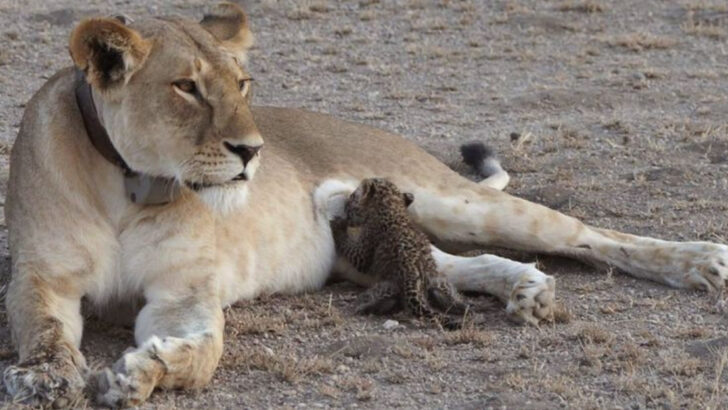Selfless parenting isn’t just a human thing. In the wild, survival is brutal. Every animal for itself, right? Not always. Some creatures do the unthinkable—they care for babies that aren’t even theirs. We’re talking wolves adopting pups from rival packs. Elephants shielding motherless calves. And dolphins? Let’s just say they have a soft spot for stragglers. These unexpected heroes risk energy, resources, and sometimes their own safety to step in when nature gets cruel. Why do they do it? Are they wired for kindness—or is there more to the story? Let’s meet the wild world’s most surprising surrogate parents.
African Elephant

With a memory that matches its size, the African elephant is known for its familial bonds. When tragedy strikes and an elephant calf loses its mother, the herd often steps in. Another female, usually related, adopts the little one.
This adoption is not just symbolic. The young elephant is protected, guided, and nurtured, ensuring its survival. The herd’s matriarch plays a crucial role in this compassionate act.
Did you know? Elephants have been observed mourning their dead, indicating a deep emotional capacity. Such empathy extends to their behavior with orphans.
Gorilla
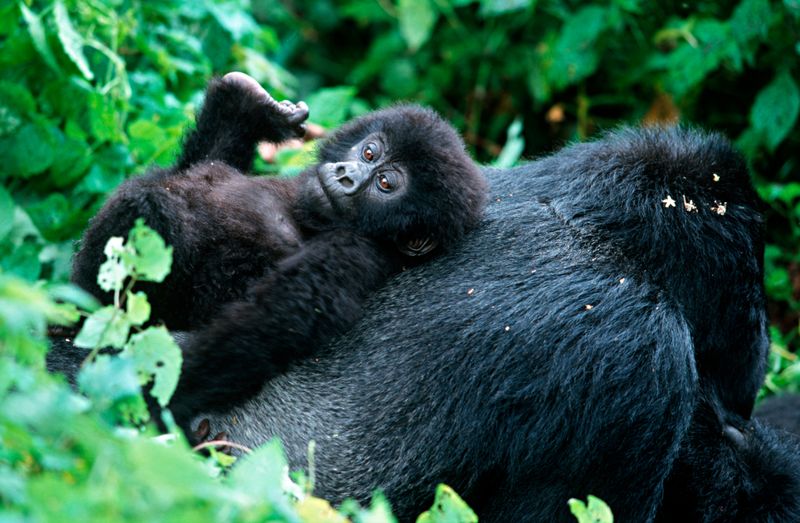
In the dense jungles, gorillas exhibit a gentle and protective nature. When a young gorilla is orphaned, the group takes on the responsibility of care. Usually, the silverback male or another female adopts the orphan, providing food and emotional support.
This act of kindness ensures the young gorilla’s survival and integration into the group. Gorillas are known for their complex social structures and communication skills.
Fun fact: Gorillas share 98% of their DNA with humans, showcasing their ability for empathy and intelligence, a trait reflected in their care for orphans.
Lion
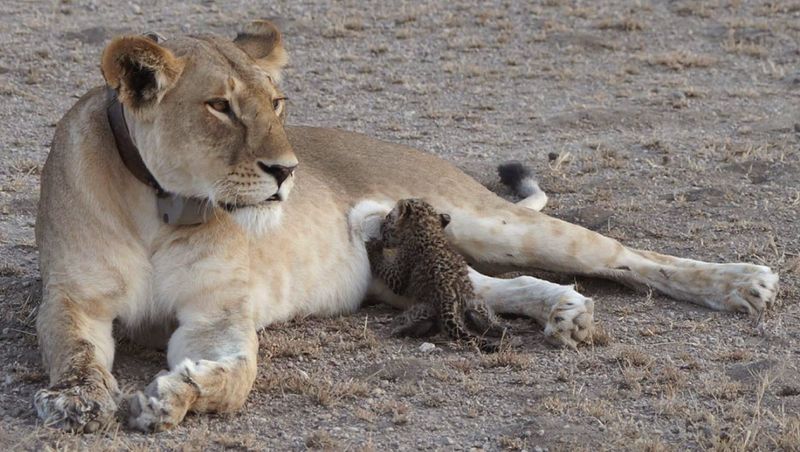
In the pride lands of Africa, the lioness stands as a symbol of courage and nurturing. When a cub loses its mother, another lioness may adopt it, especially if she has cubs of her own.
This bond provides the orphan with protection and a chance to thrive. The pride’s collective strength ensures that no cub is left behind. These acts highlight the lioness’s role as the backbone of the pride.
Lions, known as kings of the jungle, showcase a surprising softness when it comes to orphaned cubs.
Dolphin

With a keen sense of community, dolphins are known to adopt orphaned calves when the need arises. The pod, typically led by a matriarch, ensures the calf is included and protected.
Dolphins demonstrate sophisticated social behaviors and intelligence, rivaling some of the smartest animals on the planet. Their playful nature doesn’t overshadow their capacity for empathy.
It’s fascinating how these marine mammals form tight-knit pods, often rescuing and raising orphans as their own, highlighting their altruistic behavior in the ocean’s vastness.
Chimpanzee

Chimpanzees, our closest relatives in the animal kingdom, exhibit behaviors strikingly similar to human compassion. In the wild, if a young chimpanzee is orphaned, others in the group, often a sibling or aunts, take it under their wing.
These acts of kindness are coupled with teaching survival skills and providing companionship. Chimpanzees’ complex social structures allow for such caring behaviors.
Their empathy extends beyond mere survival, offering emotional support that reflects their intricate understanding of social bonds.
Wolf
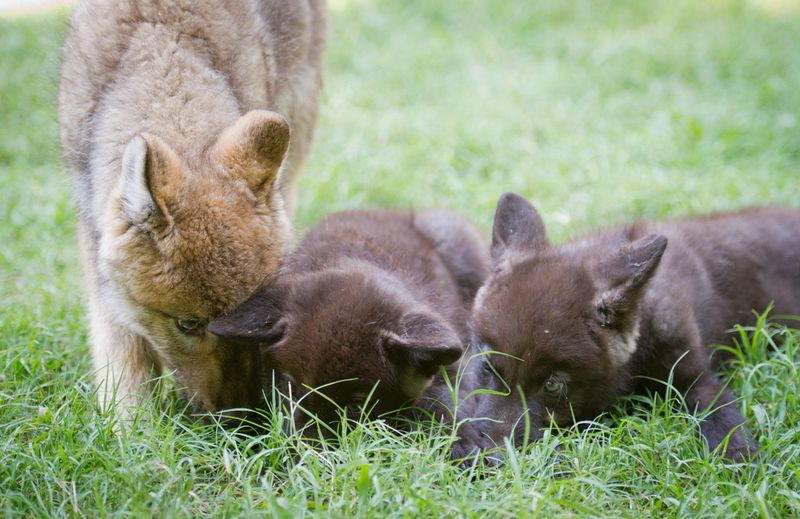
In the wild, wolves are known for their strong pack dynamics. When a pup loses its parents, the pack often steps in with remarkable unity. A new mother may adopt the orphaned pup, nursing it alongside her own.
The pack’s cohesion ensures the pup’s survival, as each member contributes to its upbringing and protection. Wolves’ intricate communication and social structure support these adoptions.
Did you know? Wolves communicate with more than just howls; their body language plays a crucial role in maintaining pack harmony and caring for orphans.
Meerkat

In the arid deserts, meerkats exemplify community spirit and cooperation. When a pup is orphaned, the group collectively takes on the care responsibilities.
This includes teaching the young one how to forage and stay alert to predators. Meerkat society is built on a system of trust and mutual aid.
Their vigilant nature and social skills ensure that orphaned pups are never alone, with each group member playing a part in the adopted pup’s upbringing and protection.
Kangaroo

In the vast Australian outback, the kangaroo’s pouch becomes a sanctuary for orphaned joeys. When a young kangaroo loses its mother, another female may adopt it, offering the safety of her pouch as shelter.
The bond formed provides the joey with necessary warmth and nutrition, ensuring its survival in the harsh environment. The kangaroo’s innate nurturing instinct shines through in these acts.
Kangaroos, symbols of resilience, display a unique blend of strength and tenderness by adopting orphans, underscoring their role as guardians of the outback’s future.
Penguin

In the freezing climate of Antarctica, the Emperor penguin shows a heartwarming side. When a chick is orphaned, especially if the mother doesn’t return from feeding, another penguin may adopt it.
The penguin cradles the chick under its brood pouch, offering warmth and protection from the cold. This adoption ensures the chick learns essential survival skills.
Penguins’ incredible community efforts highlight their adaptability and empathy, with each member contributing to the colony’s survival.
Cheetah
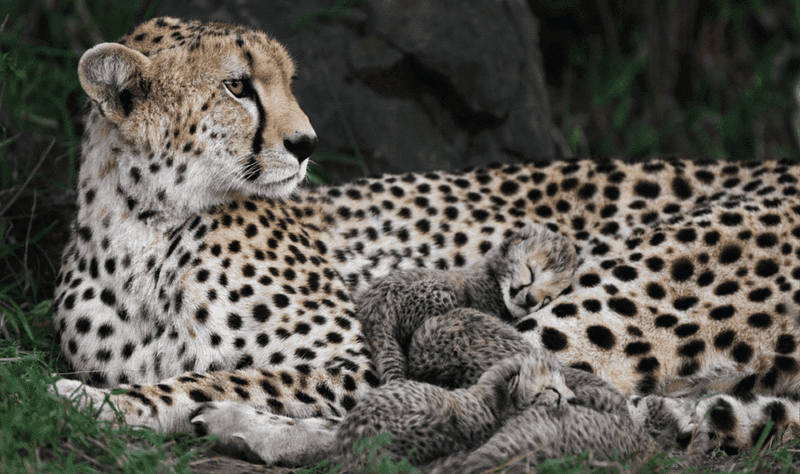
Known for their speed, cheetahs also exhibit remarkable tenderness. When a cub is orphaned, a related female may take it in, offering care and protection.
This adoption ensures the cub learns vital hunting skills and is integrated into the group’s social structure. Cheetahs’ adaptability extends beyond their physical prowess.
Their protective instincts and complex social interactions make them one of the few big cats known to adopt orphans, highlighting a softer side to these swift predators.
Albatross
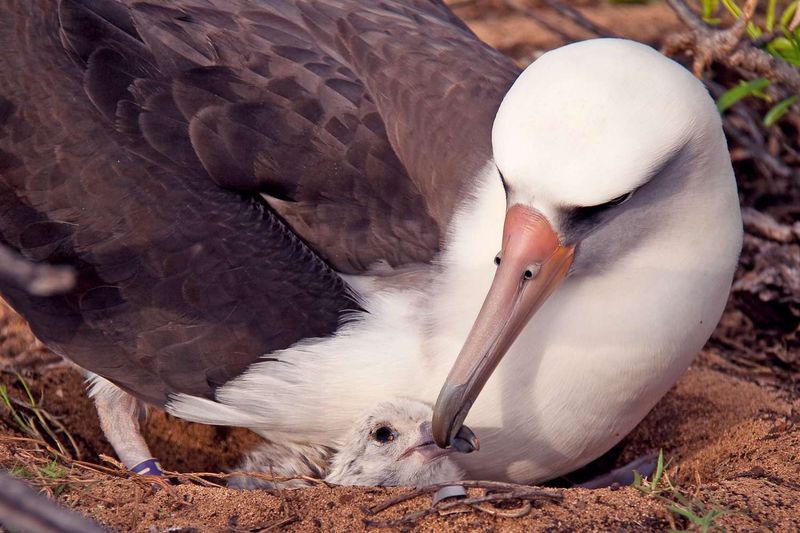
The albatross, with its wide wingspan, is a symbol of endurance. When an albatross chick is orphaned, another pair may adopt it, particularly if they have lost their own chick.
This adoption involves feeding and protection until the chick is ready to fly. The albatross’s strong pair bonds and nurturing instincts ensure the chick’s survival.
Amazing fact: Albatrosses can fly thousands of miles without rest, showcasing their resilience – a trait mirrored in their care for orphans.
Polar Bear

In the harsh Arctic, polar bears showcase unexpected compassion. When a cub is orphaned, another mother may adopt it, offering warmth and nutrition.
This adoption helps the cub survive the extreme cold and learn essential survival skills. Polar bears’ strong maternal instincts are crucial for the survival of their species.
By adopting orphans, they ensure the continuation of life amidst the challenging conditions of the Arctic, demonstrating their resilience and nurturing nature.

